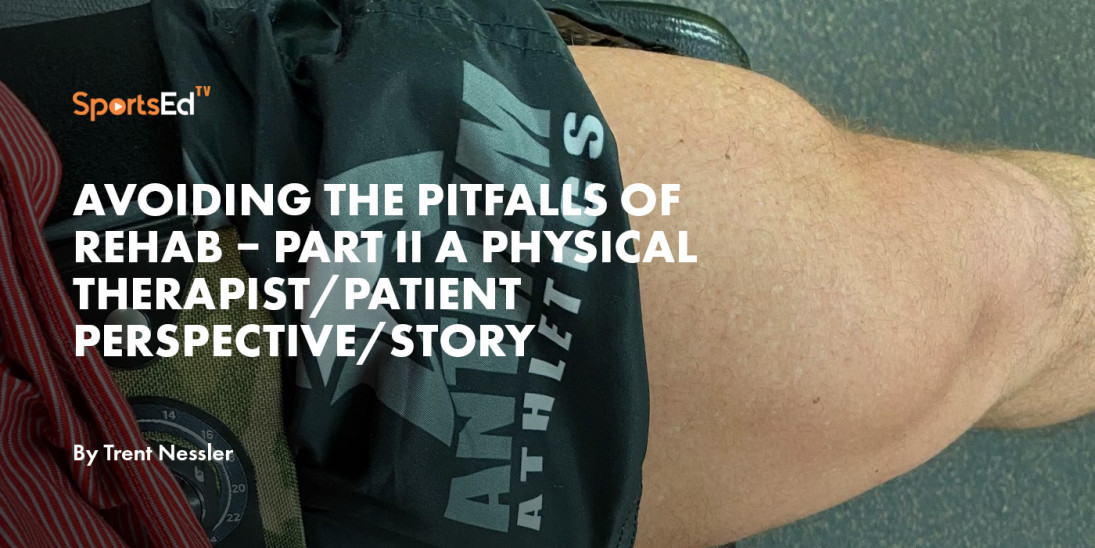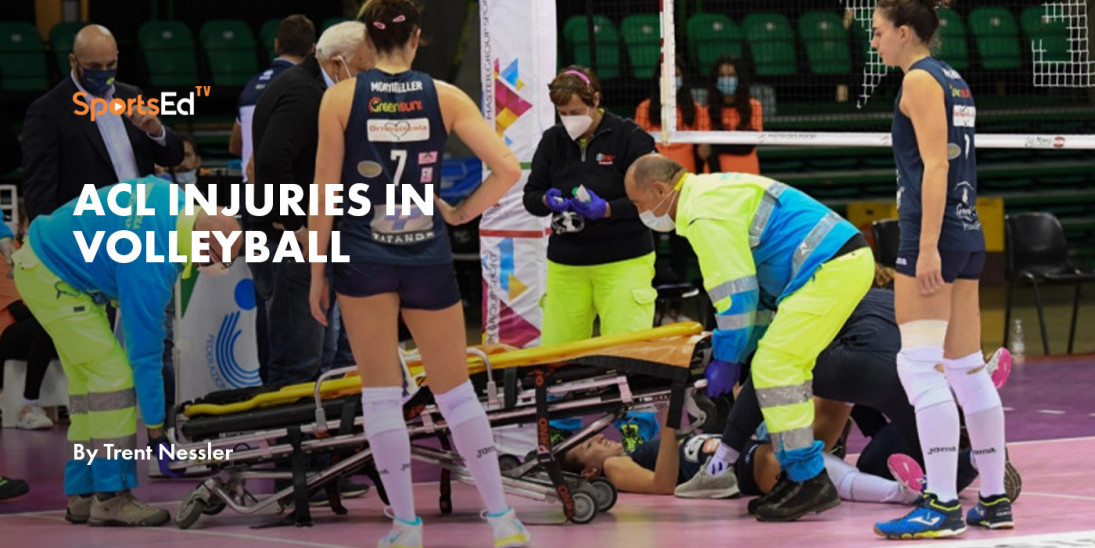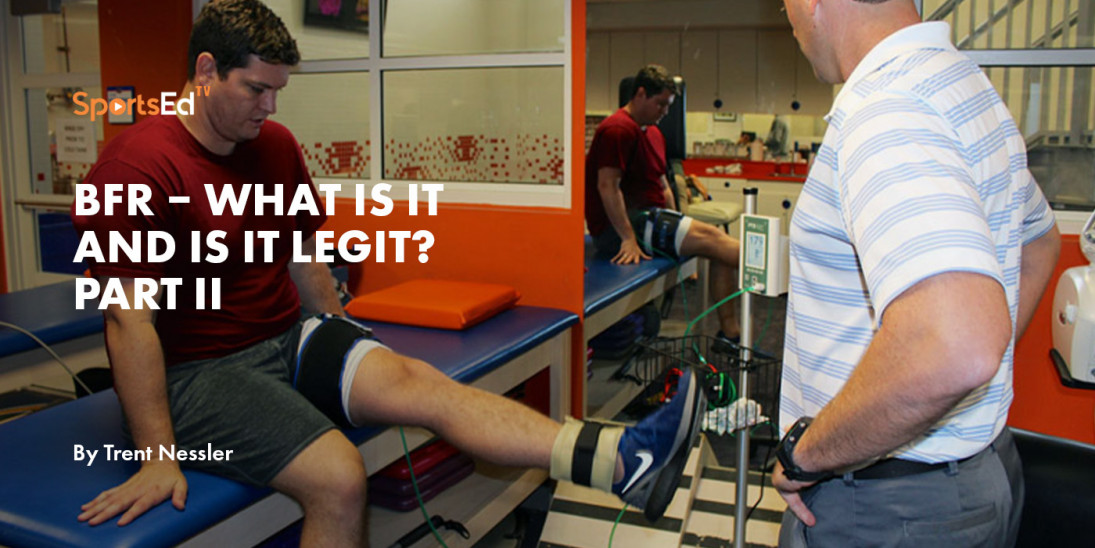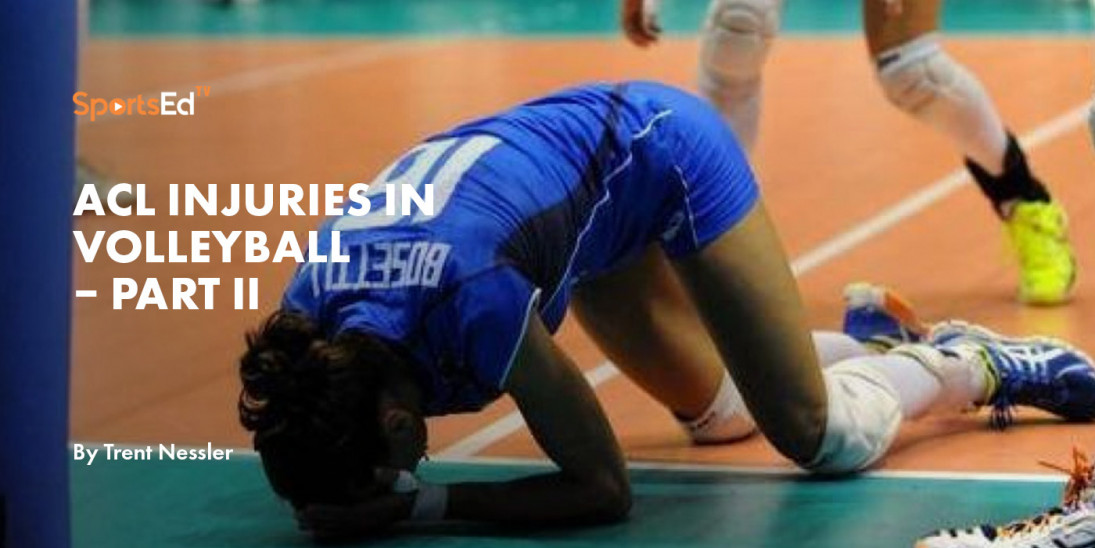Health
Welcome and thanks for visiting...

Avoiding the Pitfalls of Rehab – Part II A Physical Therapist/Patient Perspective/Story

IN the last article, we started this discussion with me sharing my own recent injury and the major setback that I had with attempting to return to sport. We also started the discussion with talking about some ways to avoid the pitfalls associated with rehab. In the previous article, we talked about keeping consistent with your routine, being smart, keeping positive and hydration. In this article we are going to build on that with continuing this discussion about somethings to consider to avoid these pitfalls. This would include:
- Eat right – This is one of the most vital pieces to improved athletic performance and rehabilitation that, frankly, most therapist will not talk to you about. Eating a diet that clean and is well balanced can make the difference of a rehab process that takes 6 weeks versus one that takes 12 weeks. Think about it, your body is in high demand for fuel to help it heal. If that fuel is not readily available, then your body is trying to heal based on junk you are putting into the system. When I say clean, what I mean is organic foods (no chemicals or pesticides which greatly impact repair at a cellular level), grass fed proteins (grain fed meats tend to have a LOT of hormones and pesticide they ingest by eating the grain that was sprayed with pesticide) and no additives or preservatives (a lot of the additives and preservatives cross the blood brain barrier and impact neurological function). Making sure you are getting enough protein and essential ammino acids are important normally for an athlete and especially during an injury. Your body will consume more of these during injury and if that is not readily available, then this will slow the process.
- Sleep – is when the body performs its natural healing process. This is when the body can shut down, reduce energy needed to perform complex thought processes or to perform difficult physical tasks. During sleep, the body can slow the heart rate, reduce blood flow to other parts on focus on the healing of the injured body part. REM (rapid eye movement) is the time at which all this occurs. Healing of the body does not occur if the athlete is not getting into REM sleep. Some athletes need 8-10 hours to get enough REM sleep. Some athletes need 5-7 hours of sleep to get enough REM sleep. Everyone is different. Some athletes will hit the pillow and be asleep and fall into REM sleep in 20 min. Some athletes will hit the pillow and take an hour to fall into REM sleep. A lot of people have a hard time falling asleep and we know, so a few general tips we know that help:
- Limit caffeine intake during the evening hours
- Limit blue light (phone or TV) an hour before bed
- Maintain a routine – consistency helps
- Melatonin – is naturally produced by the body at night and helps you relax. If you have a hard time falling asleep, taking a supplement at night will help you relax and decrease the active mind many of us suffer at night.
- Be persistent – don’t give up. Keep in mind, the body heals. Rehab is simply a balance of stressing the body enough to help it get stronger during the healing process but not too much that it starts to break it down. Overtraining occurs when your exercise or resistance training is tearing the muscle down at such a rate that you are outpacing the body’s ability to heal. During the rehab process, the body is much more sensitive to to this overtraining concept and this is what will lead to setbacks. My case was a perfect example. I upped my training, I was working very long hours, walking to/from the hotel and up/downstairs and not sleeping well. I was outpacing my body’s ability to heal and set up for a major setback. What did I do? Went back on one crutch, dialed back my training to some earlier forms of what I was doing and got myself back on the right track. Today, 7 days out from the flair up, I am crutch free and started leg training again. But even in setbacks, we have to be persistent.
- Don’t get discouraged – at the end of the day, your rehab is totally up to you. There is a concept in sports medicine rehabilitation called sport locus of control. Athletes have been 100% control of their destiny. They choose how much they train, how much they compete and how much effort they put into it. When an injury occurs, often they shift all that control to the health care provider, the doctor, the physical therapist or athletic trainer. Your health care providers are simply your coaches and educators. They are going to teaching you about the process and coaching you along the way. But just like your coach in your sport, at the end of the day, you have that control. Take it, listen to what they say and run with it!
- It is up to you – to build off the last one, at the end of the day, it is up to you. Your health, your rehab, and your ability to return to sport is up to you. You choose if you are going to get enough sleep or play video games. You decide if you are going to improve your hydration or drink sodas all day. You decide if you are going to eat a better diet or just have Cheetos for lunch. You decide if you are having a flair up if you are going to listen to your body or try to push through the pain. At the end of the day, you are 100% in control. The body will heal if you decide to do the right thing.
If you consider all these things during your injury and rehab, this will help you expedite your return to sport in a much safer and healthier state. I hope you found this series worthwhile and stay Tuned!
Dr. Nessler is a practicing physical therapist with over 23 years sports medicine clinical experience. He is a nationally recognized expert in the area of athletic movement assessment and injury prevention. He is the founder | developer of the ViPerform AMI, ViPerform AMI RTPlay, the ACL Play It Safe Program, Run Safe Program, author of a college textbook on this subject and published researcher. Trent has performed >5000 athletic movement assessments in the US and abroad. He is the President of Rebound Vitality providing injury prevention services for the tactical athlete and movement consultant for numerous colleges and professional teams. Trent also a Brazilian Jiu Jitsu purple belt and complete BJJ/MMA junkie. Follow Dr. Nessler on Instagram @BJJPT_ACL_GUY or Twitter @ACL_prevention. www.drtrentnessler.com
Read more:





